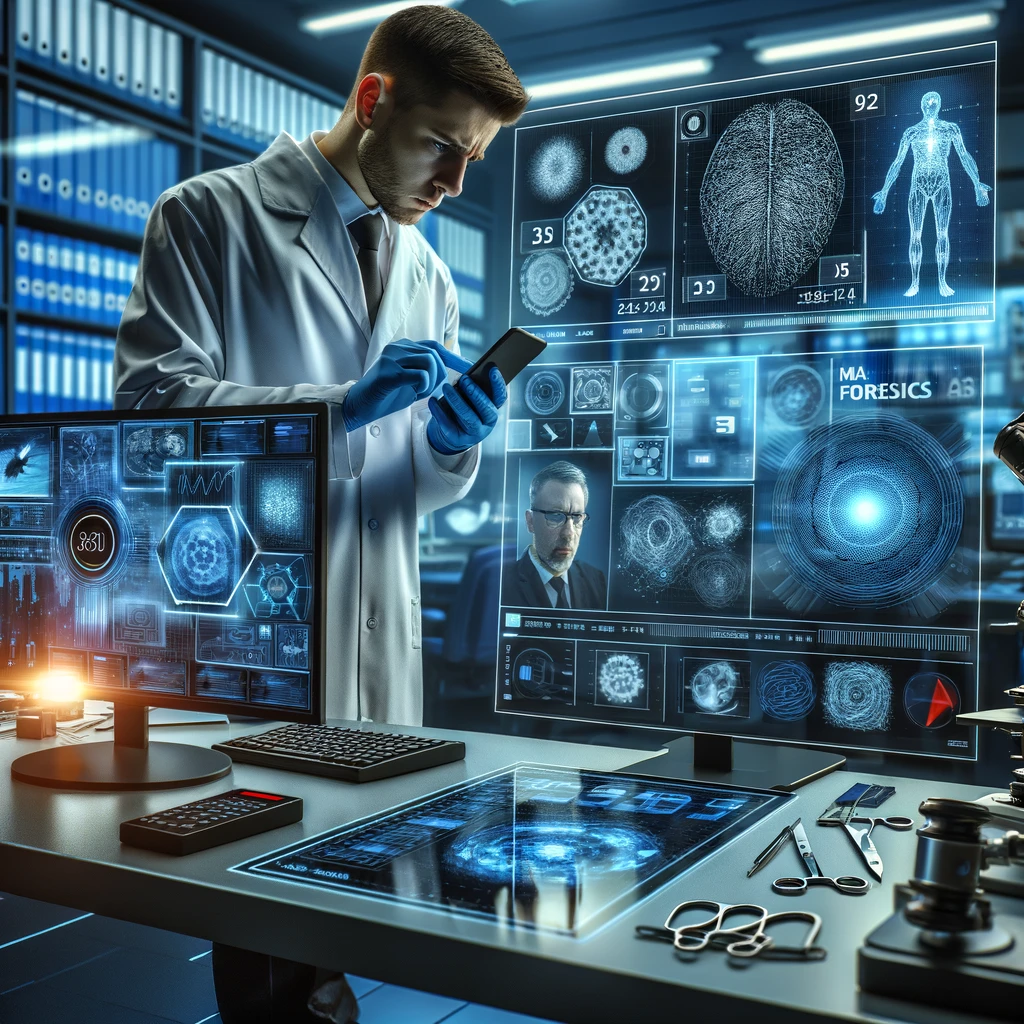Mobile Forensics: A Comprehensive Guide
Mobile forensics is an essential aspect of modern investigative processes. As mobile phones evolve, becoming more sophisticated and computer-like, the significance of mobile forensics in acquiring critical data has surged. This guide delves into the nuances of mobile forensics, highlighting key procedures, potential data sources, and legal frameworks governing this domain.

Documenting and Securing the Device
Immediate documentation and securing of the mobile device upon discovery are crucial. Investigators should meticulously photograph the device, note its condition, and power it off to prevent remote wiping or data alteration. This practice ensures the integrity of the data, which is vital for forensic analysis (Williams, 2012).
Processing Speed and Data Volatility
The Association of Chief Police Officers underscores the urgency in processing mobile devices. Data like call logs and event histories are ephemeral, with many smartphones designed to auto-delete such information after a set period. Quick forensic intervention is therefore imperative to capture and preserve this transient data.
Unlocking the Device
Accessing the data on a locked phone can be challenging. Incorrect login attempts may lead to data deletion, necessitating sophisticated techniques to extract information without triggering these security measures.
The Wealth of Information in Mobile Devices
Modern smartphones are a goldmine of information, often containing more data than traditional computers. From GPS tracking to social media interactions, these devices can offer comprehensive insights into an individual’s activities and whereabouts.
- Photographs: Images captured on smartphones can be pivotal in investigations, especially with embedded EXIF data revealing the location and time of each photograph. This is particularly relevant in cases like child exploitation investigations.
- Social Media and Online Presence: Phones store login credentials for various social media platforms, providing a window into the individual’s social interactions and mental state.
- Location Tracking: Mobile phones constantly communicate with cell towers, allowing for precise location tracking. Law enforcement can obtain these records through legal channels to establish an individual’s movements.
- Communication Logs: Call and text histories can help reconstruct events, offering timestamps and locations for each interaction.
Legal Considerations
The Fourth Amendment protects citizens from unreasonable searches and seizures, extending to mobile devices. Law enforcement must usually obtain a warrant based on probable cause before conducting a search or seizing a phone. However, with proper legal authorization, the data retrieved from mobile devices can be a powerful tool in criminal investigations (Sweeney Merrigan Law, 2018).
Conclusion
Mobile forensics is a dynamic field that blends technical expertise with legal acumen. As mobile technology continues to advance, so too will the strategies and tools for forensic investigations. Understanding the nuances of mobile forensics is essential for legal professionals, law enforcement, and forensic analysts in the pursuit of justice.
Works Cited
- Williams, J. (2012). Good Practice Guide for Digital Evidence. Association of Chief Police Officers. Retrieved from https://www.digital-detective.net/digital-forensics-documents/ACPO_Good_Practice_Guide_for_Digital_Evidence_v5.pdf
- Sweeney Merrigan Law. (2018, June 27). When Can Cell Phone Search Results Be Used as Evidence? Retrieved from https://www.sweeneymerrigan.com/when-can-cell-phone-search-results-be-used-as-evidence/






